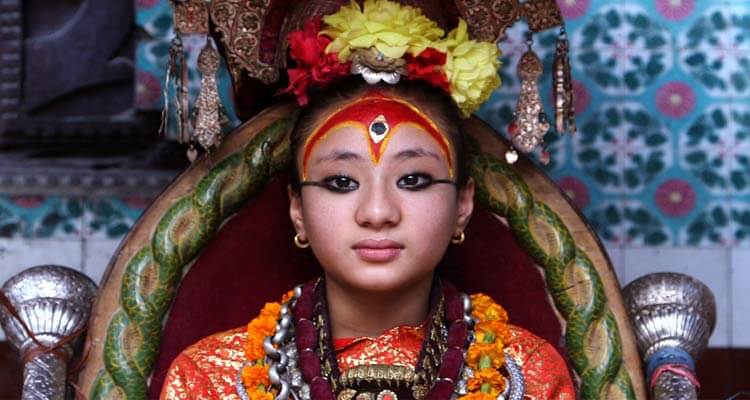call +91-98314-98411
email info@yuvangtravels.com
-

- home
- destinations
- places of interest in kathmandu
- kathmandu durbar square
kathmandu durbar square
kathmandu durbar square (hanuman dhoka) – lying in the heart of the kathmandu city, this is one of three durbar (royal palace) squares in the kathmandu valley. it is also known as hanuman dhoka after a statue of lord hanuman (the monkey god) located here. here visitors would find complex of palaces, courtyards and temples built between the 12th and the 18th centuries by ancient malla kings of nepal. sights of seemingly uncountable monuments at the square mesmerizes most of visitors. it is listed as a world heritage site by the unesco and used to be the residence of the nepali royal family and administrators.
the key attractions here include:
- the great drums: these two huge drums made during the time of girbana yuddha bikram shah and are only played during the worship of degu taleju.
- taleju temple: this temple, built by king mahendra malla in 16th century dedicated to the royal deity of the malla kings, is durbar sq’s most magnificent temple. it is only opened during the annual dashain festival for hindus.
- jagannath temple: this two stories temple built in the 16th century, is known for the fascinating erotic figures carvings and is one of the oldest structures here. only the centre door of the three doors on each side of the temple opens.
- stone column: this stone column represents the statue of king pratap malla placed on top of a stone pillar praying to goddess taleju.
- hanuman statue: this statue of lord hanuman near main entry gate seated on a stone pedestal was erected by king pratap malla in 1672ad.
- shiva-parvati temple: built by king rana bahadur shah, this temple has lord shiva and goddess parvati looking out of the central window of the first floor. on the top there are three golden pinnacles.
- big bell: erected in 1797 ad by king rana bahadur shah, this bell is rung only during the puja of degu taleju temple situated nearby.
- kal bhairav: one of the largest image of bhairav (lord shiva in his ferocious or destructive form) made from a single stone was erected by king pratap malla. the portion on the upper right side got damaged and was repaired by adding another stone.
- kumari ghar or kumari bahal: this red bricked, three storey building decorated with fine wood carving is home of kumari, only living goddess in nepal, which was built in 1757 ad by king jaya prakash malla. the building has beautifully carved wooden balconies and window screens. kumari often provide her blessing and acknowledges the greetings from the window to the visitors. photography of goddess is prohibited.
- ashok vinayak: this temple dedicated to the lord ganesha is worshipped both by the hindus and buddhists alike.
- dhansa: this temple was built in 1673 ad by king pratap malla to start a new masked dance of narasimha, an incarnation of vishnu. literally speaking, dhansa means a treasure room where travellers could deposit their cash and valuables.
useful links
contact us
Yuvang Travels LLP,
1st floor, Vaishali, 18/A, Mayfair Road,
Kolkata - 700019,
Mobile - +91-98314-98411,
Landline - +91-33-46027363/64,
Email - info@yuvangtravels.com

